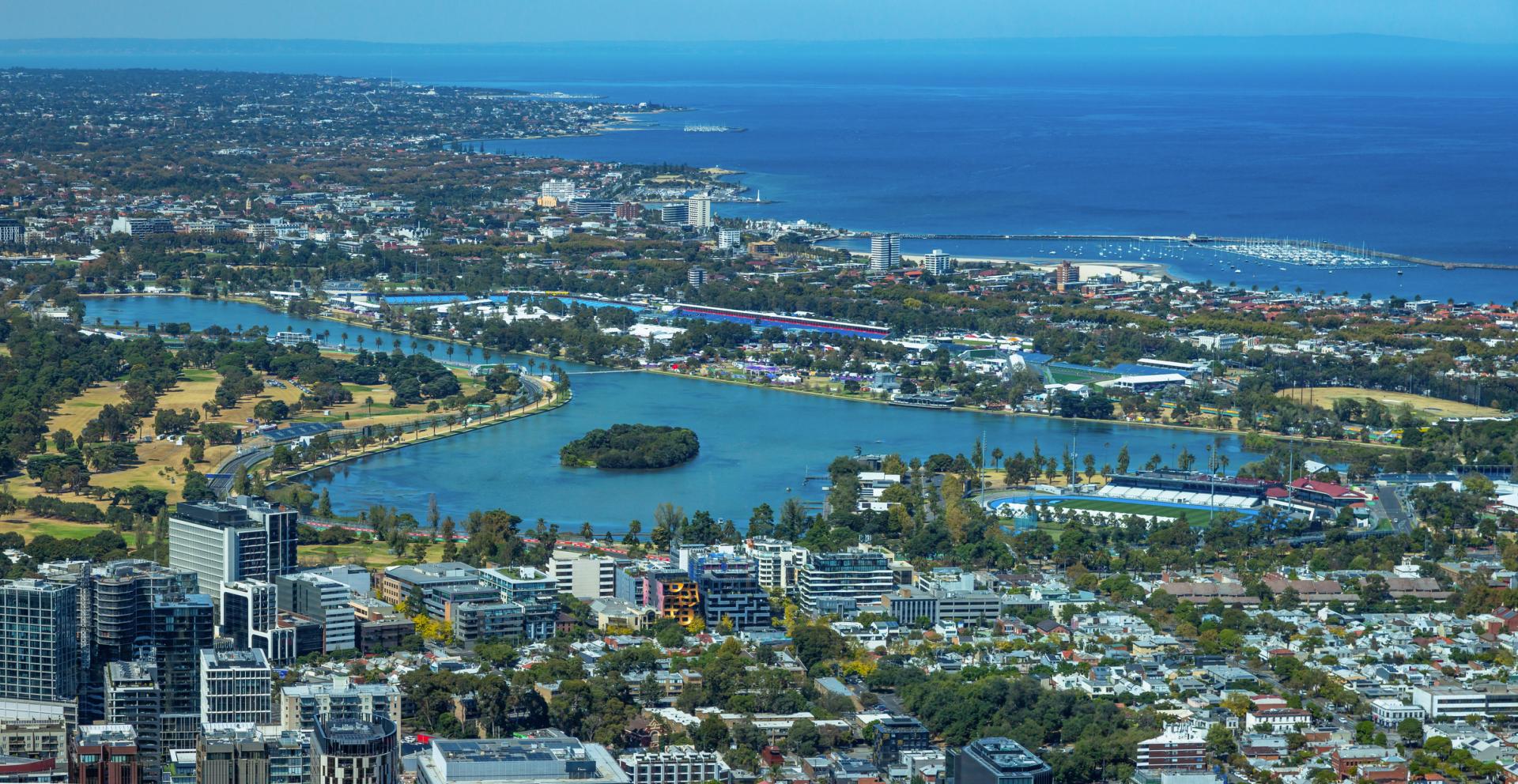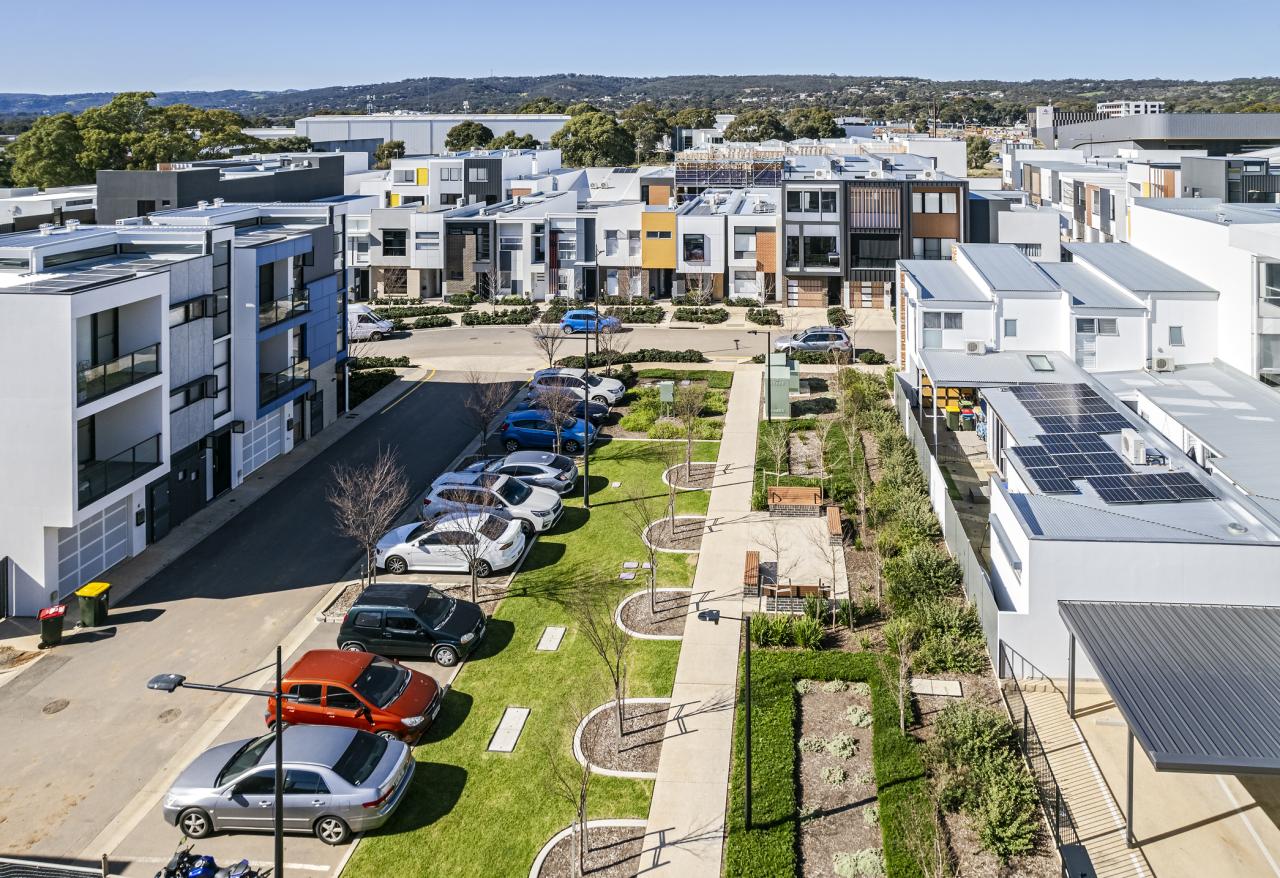Different households have different views of ‘well-located’
Each family or household looks for different things in a location. They might want to be close to jobs, schools, shops and services. They might want to stay near their community and family, or live somewhere with good parks and facilities.
For governments, delivering well-located homes means considering what our cities look like and how dense they are. It also means understanding what buildings should look like and what facilities need to be nearby.
Including ‘well-located’ can lead to better decisions about where homes are built
The fastest way to increase new housing supply tends to be building detached houses on empty land at the edge of our big cities. The dominance of this approach has led to Australians living in some of the lowest population density cities in the world. For some households, living in higher-density locations closer to the centre of the city, and to employment or education opportunities, may be preferable.
Spread-out cities create problems: longer travel times, higher transport costs and more pollution, loss of prime agricultural land previously used for food production, and loss of natural habitat and biodiversity. They need more schools and hospitals, which means higher taxes. People also find it harder to get to jobs. Living closer together in 'well-located' areas offers a better solution.
State government policies also focus on well-located homes
Since the Accord, several state governments have made significant housing announcements. These include new housing targets that focus on building within some already existing suburbs rather than spreading outwards. The plans often aim to create 'well-located' homes by building more houses near transport hubs.
NSW wants more low- and mid-rise housing to fill the gap between detached homes and high-rise apartment buildings. The State Government has released 5-year housing completion targets for 43 councils.
Victoria has released draft targets for new homes as part of a plan for liveable suburbs and towns. The final plan will be released shortly.
Queensland has emphasised the need for ‘gentle' density increases. Queensland is also working with AHURI to model housing needs across different regions.
South Australia has been the recent exception, focusing on greenfield.
‘Well-located’ homes are a key to improving productivity
In late 2024, the Australian Government released a National Urban Policy which outlines a plan for sustainable development in cities and suburbs.
This Policy promotes goals to develop high-quality urban places with appropriate density that have easy access to services and transport infrastructure, all while building stronger communities.
Shaping Australia’s cities through well-located new housing supply is not just a housing policy challenge. Well functioning, liveable cities are vital to Australia’s ongoing productivity.
Our next AHURI Brief will explore whether higher density housing is more affordable.




